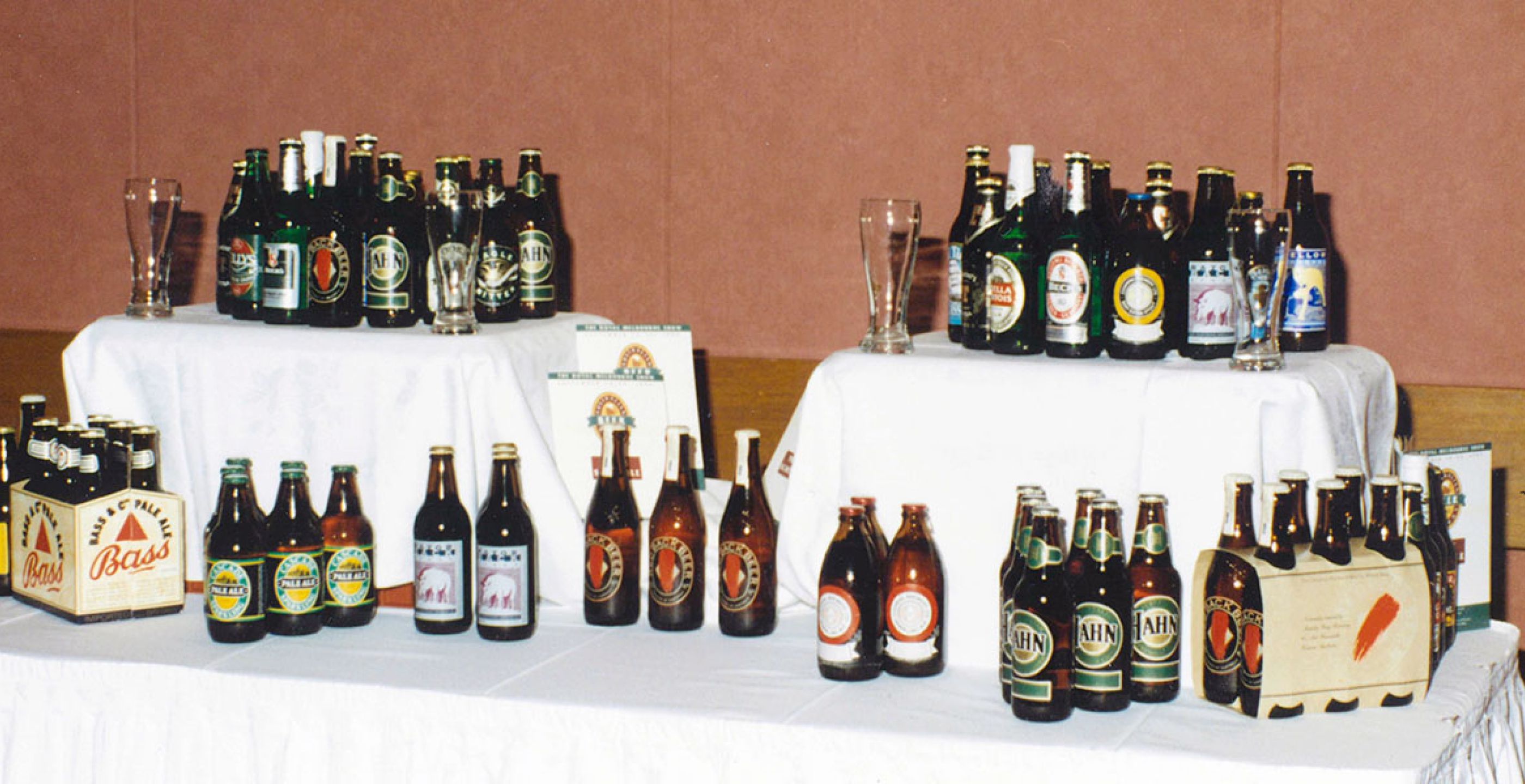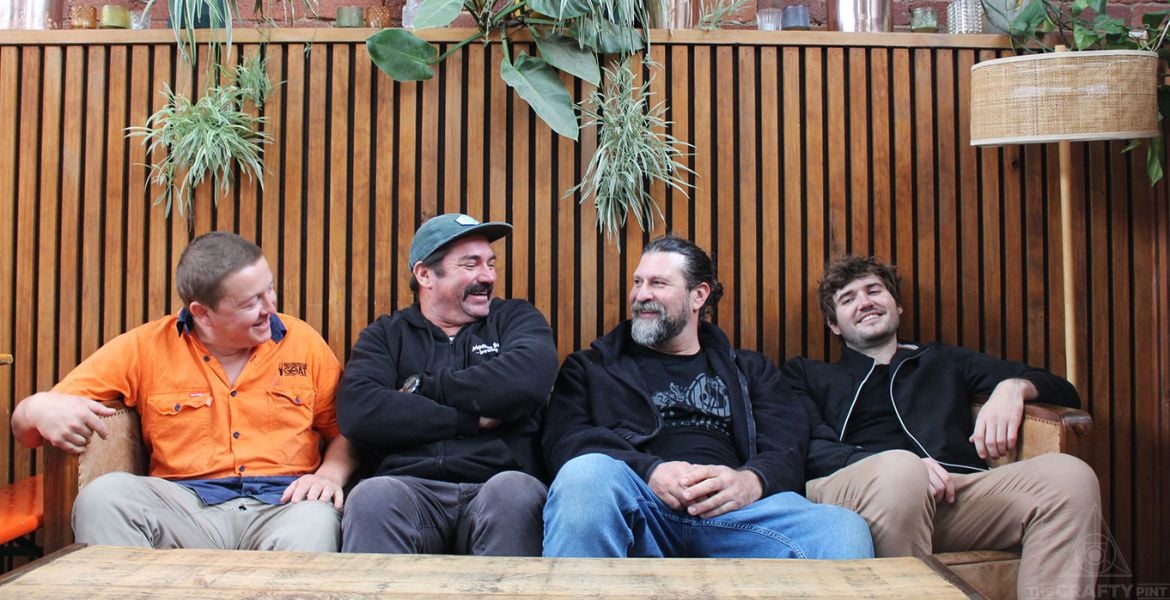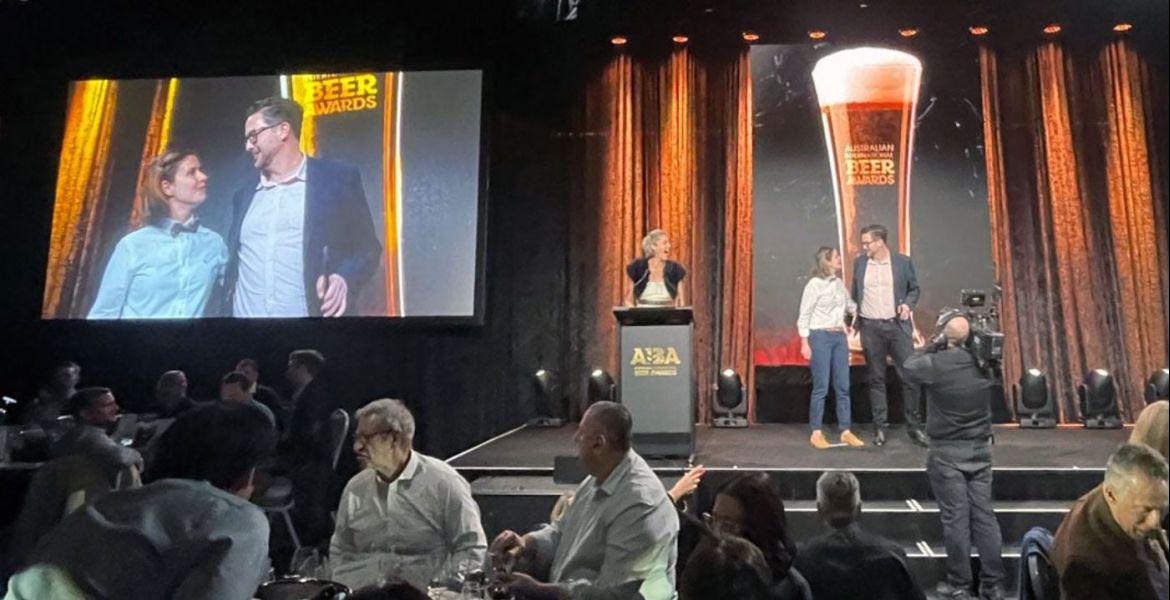If you want a sense of how much the Australian beer industry has changed over the last three decades, here’s two numbers to remember:
128
2,826
That’s the difference between the number of beers entered into the very first Australian International Beer Awards (AIBA) and those entered in 2023 on the 30th anniversary of the country's largest annual beer competition. In 1993 (pictured above), there were just 28 total entrants into the awards; today, that number is 404.
The judging of all of those beers is a major logistical undertaking, one which sees judges fly into Melbourne from across the country and further afield tasked with finding faults and flawless beers.
Since their inception, the awards have been run by the Royal Agricultural Society of Victoria, which these days is known as Melbourne Royal. One person who was there for the inception is Warren Pawsey, head brewer at Little Creatures in Geelong.
Today, he’s one of three head judges – alongside Justin Fox and Tina Panoutsos – but, in 1993, he was brewing for two-thirds of Melbourne’s brewpubs: the Loaded Dog and the Geebung Polo Club. He entered the first awards, as he had at the precursor to the AIBA, which was run by Ballarat Uni and which used to be hosted at the Geebung.
“The Geebung had about 32 taps, so they did a draught competition there, and I think in the first year there were eight entries,” he recalls.
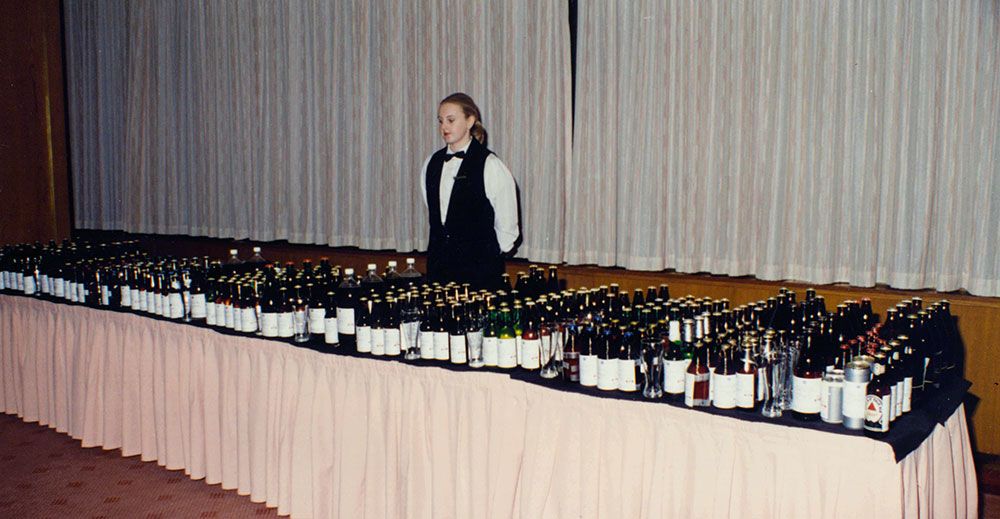
The time was vastly different to the local brewing industry of today, and there was little to no acceptance of what we now call craft beer either.
“There were three brewpubs in Melbourne but, really, the drinking public weren’t ready,” Warren says.
“It was a very vanilla market and you couldn’t get raw materials either – I could get Pride of Ringwood hops or Pride of Ringwood hops.”
As for beer competitions, it was a far more formal environment: judges wore white coats and his youthful presence was quite the contrast.
“It was very pale, male and stale,” he says. “And I probably lowered the average age by a couple of decades just by being there.”
The way they judged was pretty different too: little consideration was given to style and the exercise focused purely on hunting down flaws.
“The judges were just looking for faults, because that’s how you trained in big breweries, rather than looking at what the style of beer or the guidelines were," he says. "The first time I saw a style guideline was 1999 when I was working in the States.”
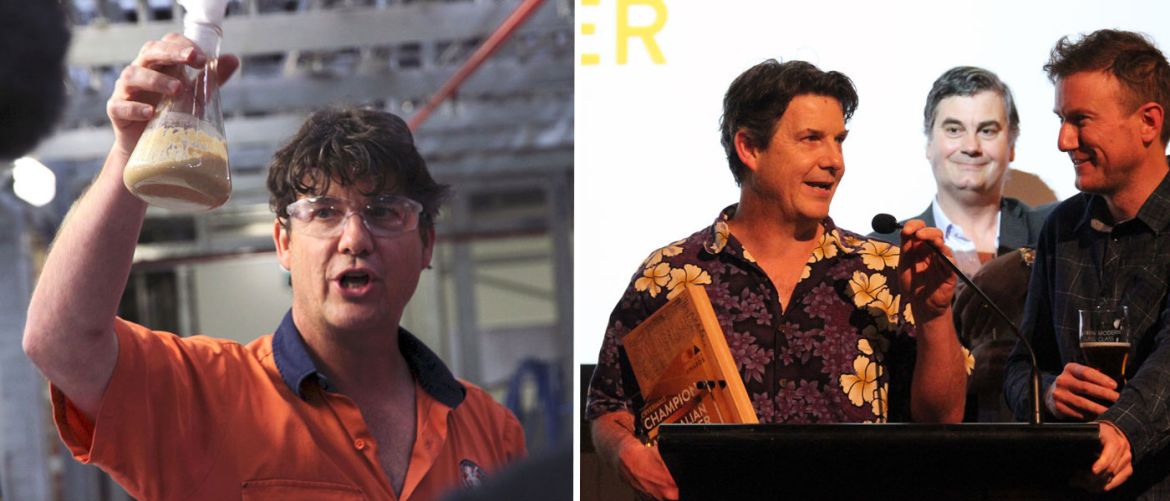
Having said that, he points out there weren’t really a lot of styles on offer: “There would have been lager, ale and stout. But all the bread was Wonder White – there wasn’t a whole lot going on.”
By comparison, today's competitions have to take into account new styles and how they should be judged. Often, those running competitions look to what's happening in America, the BJCP Style Guidelines, or work on their own for Australian styles rarely seen elsewhere. Of course, it's not just new styles appearing, but others that have fallen away too; a category's diminished appearance can be a strong sign the industry is changing.
“Some of the styles that have gone are the really traditional ones,” Warren says. “I miss things like Kolsch beer because they’re a really good style to judge because they’re really hard beer to make. I was judging in the States and was judging Kolsch and there were about 24 entrants and half of them weren’t even Kolsch, so that’s a bit sad.”
It’s not just the beer that’s changed – the way they approach judging has too. Warren, Tina and Justin put much of their energy into supporting new judges and reminding everyone in the room that they have their own blind spots when it comes to picking up off flavours.
“We do try and foster a sense of ‘I don’t know everything',” he says.
“Thirty years ago, there was a lot of, ‘Well, I’ve been in the industry longer than you, so we’ll go with what I say.’”
Thus, whether or not a brewer walks out of the room with a trophy, they're keen those who've entered walk away with something of use.
“We want meaningful feedback, not just a bronze," he says. "They are paying a lot of money and we think they want feedback on how to make their beer better.
“We all genuinely want to make a better industry. And it’s another reason for us to get together and celebrate beer because it’s a great drink.”
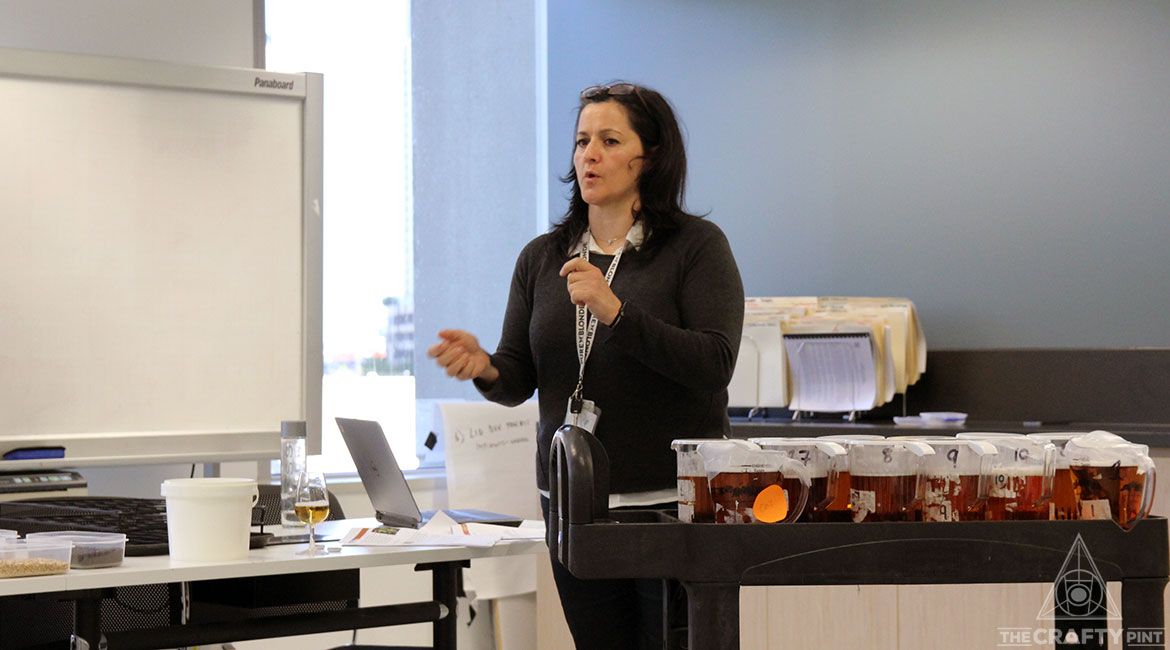
Having judged at the awards since 2007, Tina Panoutsos says a marked difference over time is where the different styles of beer originate.
“The international products brought along some of the diversity in the styles,” she says of her earlier years at the AIBAs. “The IPAs and barrel-aged beers were largely coming from the international market.”
At the time, the focus for local breweries tended to be on domestic lagers, although Grand Ridge, Matilda Bay, James Squire and Mountain Goat had started bringing something new to the table by that time.
“They were all starting to make an impact as well," she says, "but the explosion of diversity in beer styles was starting to build traction from the early 2000s."
Over that period, Grand Ridge, based in Mirboo North, collected three Premier's Trophies for their Gippsland Gold Pale Ale, Moonshine, and Supershine (both straight and vintage), while Mountain Goat's Surefoot Stout was a double winner of the same award in 2004 and 2006. (It's worth mentioning one of the talking points of that time too: Stella Artois brewed in Abbotsford winning best Victorian beer.)
While Australian brands had won the overall Grand Champion Trophy in the early years – James Boag's Premium Lager in 1998 and Hahn Premium the following year – the first smaller local brewery to take the top prize was in 2006: Redoak, who last year closed their Sydney venue, with their Special Reserve.
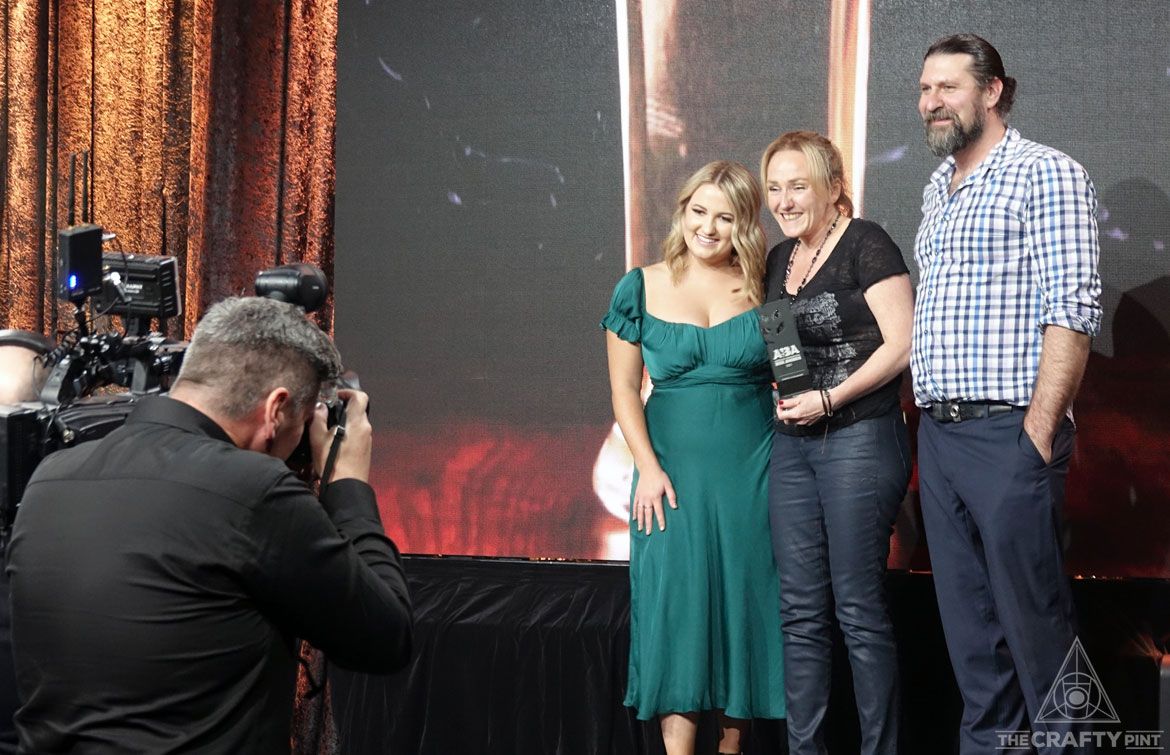
Tina believes Matilda Bay's win for their hop-forward Alpha Pale Ale in 2013 was a significant moment for the competition, adding that some of the more recent Champion Australian Beer trophies, such as Dollar Bill’s 2021 Champion Australian Beer trophy for Gold Teeth (pictured above), a fruited mixed culture beer, highlights how well some local brewers are now making less common styles.
“It’s representative of how well these beers are being produced because they’re in a flight of different styles where the judges have to pick the best of the best," she says.
“The quality of the independent beer has just improved dramatically. Even internationally, the quality has improved.”
Like Warren, Tina reflects on how different the judges are today, not least as there were only around 30 people from which they could select in the early years of her involvement. At the time, as someone who specialises in sensory more than production, she stood apart for both her professional background and gender.
“I was probably the only non-brewer, being from a sensory background,” she says. “I think I begged and begged to get in.”
Although some beer writers were involved, as there are today, mostly the judges were those with technical backgrounds; today, it’s been opened to sales reps, hospitality staff, and others in the industry.
“I think reinforces how, as an industry, we've built the interest, the engagement and also the passion to go, ‘I really want to be part of that',” Tina says. “You've got a great cross-section of different people within the industry. So, you've got a really good networking opportunity and learning environment.”
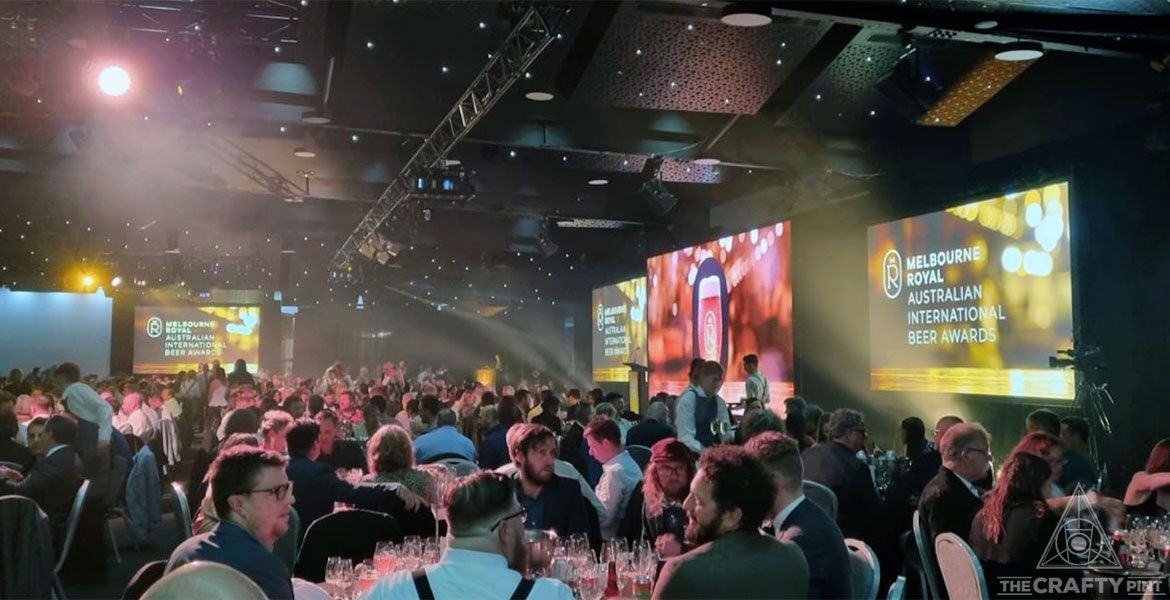
For those newer to the industry, involvement in such competitions also offers a chance to learn, and she's played a part in making the environment within judging more conducive to such opportunities, as well as seeking a better gender balance in the room.
“You’d be hard pressed to say anyone knows everything about judging,” she says. “When I first started, I used to hound my table captions for feedback: What did I do right? Or what did I do wrong?’
“It was really hard to elicit a conversation with some of those judges and I just thought, 'That really needs to change.' I used to feel quite a little alienated at the beginning, and always having to try and prove myself and always having to go that extra mile just to make sure that I felt validated in being one of the judges.
"Changes aren't happening overnight, but they are happening."
Running such a major operation requires more than breweries entering beers, expert judges and eager stewards, not least with all the data that needs processing to decide winners and the gala dinner at which trophies are presented. Driving the awards since 2015 is Damian Nieuwesteeg, who runs the Food, Beverage & Horticulture awards program for Melbourne Royal.
As he closes in on a decade in the role, he reflects on how it’s not just exciting to see the awards evolve but also to see people in the industry change with it. Prior to taking on his current role, Damian worked at The Courthouse Hotel, one of the homes of the very first Pint of Origin in 2012, where he met young brewers like Adam Betts (Edge Brewing Project, Northdown, Craft Beer importers, and Bonny bar in Fitzroy) and Ashur Hall (Stomping Ground), early in their careers.
“They’re just two examples, but I’ve seen them progress from associate judge, to judge to table captain,” he says. “So, it’s not just about the evolution of the program but the evolution of the people.”
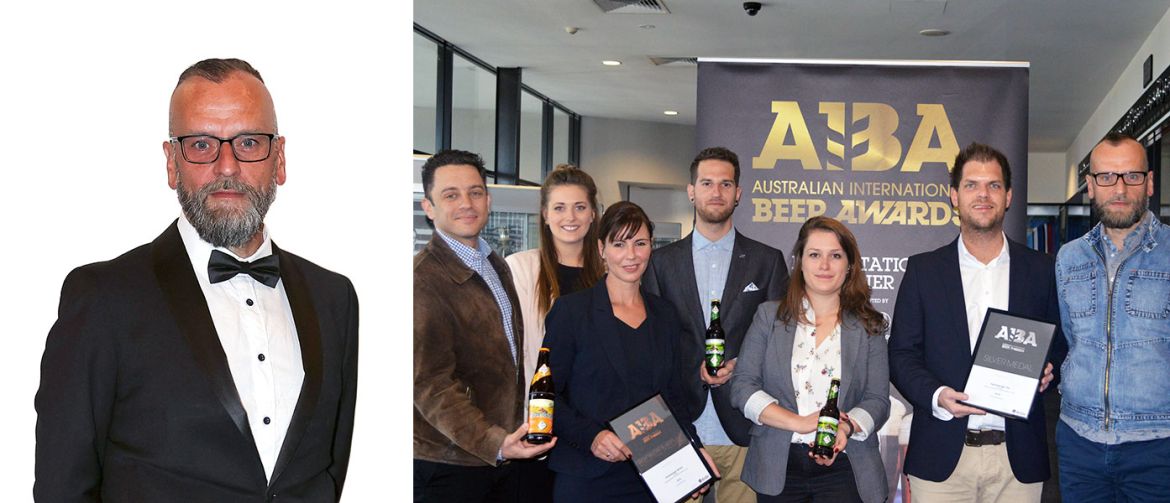
Each year, there is little more than a week between judging and the presentation dinner. The judging process runs for a full three days and, beyond the dozens of judges and stewards, there's an events team and catering.
“So, it’s about 110 people in the room, all assembling for a common goal over a very short period of time," he says. “But I love the thrill of it and getting all those people together.
“The user experience is really important to me. Our judges are volunteers and I want them to have a good experience and so too our stewards. We can’t be fatiguing them or their palates, and we always want to be taking care of them.”
It's a growing field that’s only getting bigger too, with close to 3,000 beers entered in 2023 compared to 128 30 years ago. Damian believes the growth has come, in part, off the back of the quality of the judges and how the awards are viewed both in Australia and the wider world.
“It got its start with so few beers,” he says. “The reputation has grown exponentially and so too has the participation.”
As for his own enjoyment, he takes pleasure in the way change has been a constant throughout, as well as prior to, his tenure. New styles have come, sub-styles have been spun out from them, guidance around ABV or IBU [bitterness] has shifted to keep pace with what brewers are making and what beer drinkers are looking for.
There's also pleasure to be taken from the breadth of the Melbourne Royal program: while his focus is on areas such as beer, spirits and wine, he has a counterpart who heads up the agricultural awards.
“Her team does sheep shows, cattle, dairy and all of that,” he says with a laugh. “It is more difficult to see innovation there because new types of sheep don’t come along every year.”
And, while the AIBAs are predominantly about the liquid, they also celebrate design and media aspects of the beer industry.
“We’d looking to expand that next year and into other years, where we look at other facets of industry we can tap into,” he says, a sure sign of the ongoing growth of the beer industry and the wider community of which it is part.
“It’s evolved, as has the industry, and has become more inclusive and has seen much greater participation from all walks of life,” he says.
“It is a really great industry to play a part in because the people are so amazing.”
Judging for the 2023 awards is currently underway in Melbourne. The winners of this year's trophies will be announced on the evening of May 25.



